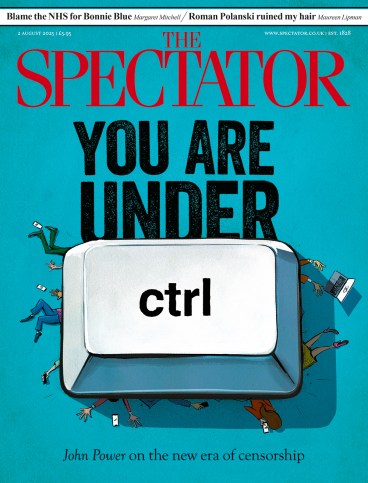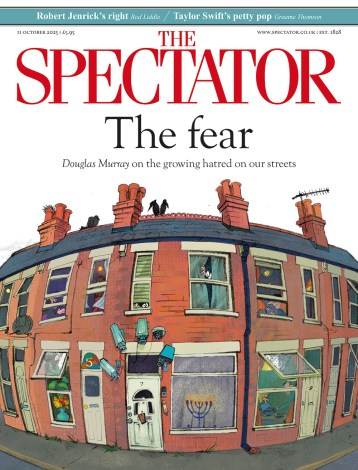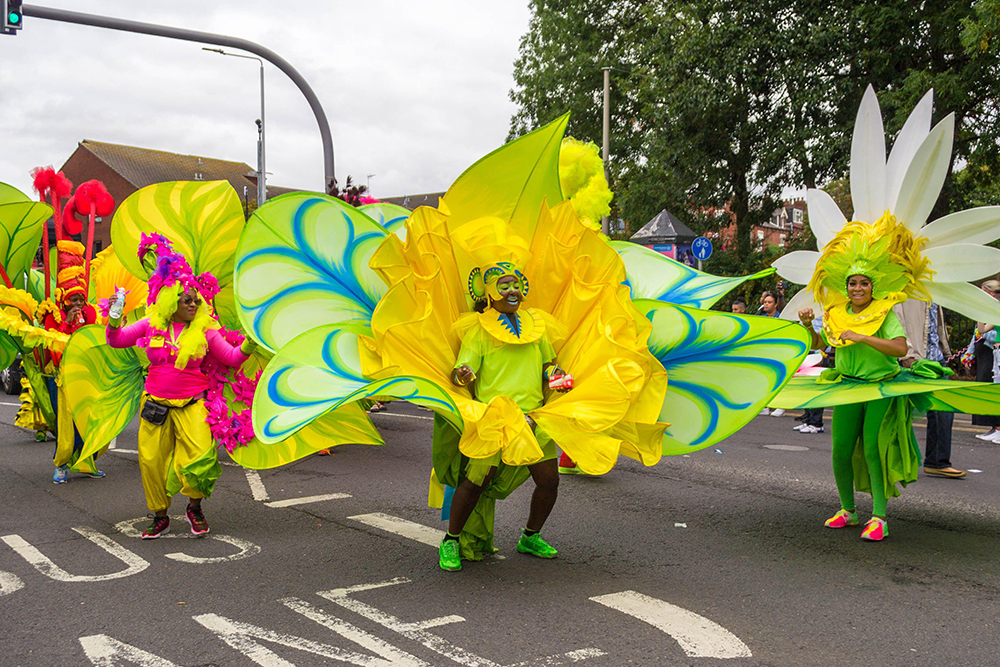
One of the great works of journalism to have come out of the Jamaican-British encounter is Journey to an Illusion by the late Donald Hinds. Published in London in 1966, the book is made up of a series of interviews with Commonwealth citizens who had settled hopefully on these shores after the war.
Hinds, who was born in Jamaica in 1934 and worked in London as a bus conductor, was disappointed to find that the British were not only unmindful of the Commonwealth, but disinclined to help African-Caribbean immigrants. (Gallingly for him, Italians in the Soho confectionary business were extended a warmer welcome, even though they had fought on Hitler’s side.) Inevitably as a ‘clippie’ on double-deckers, Hinds was exposed to racism. African-Caribbean folk were not that numerous in 1950s London and an entire week could go by without Hinds seeing another black face. Yet London Transport played its role, he believed, in breaking down race prejudice as buses allowed the public to encounter people from the Caribbean for the first time and even (heavens!) talk to them.
But the sense of camaraderie did not last. The UK was convulsed by race ‘disturbances’ in 1958, when tensions erupted first in Nottingham, then, more grievously, in London. White youths (‘Teddy Boys’ to the press) set out to assault the black and Asian colonial inhabitants of Shepherd’s Bush and the area then known as Notting Dale, between the factories of Wood Lane and the now middle-class streets of Notting Hill. Oswald Mosley’s neo-fascist Union Movement rallied Britons to go out ‘nigger-hunting’. So began four days of some of the worst civil unrest the UK was to see until the Brixton riots three decades later.
In her exhaustive history of the Anglophone Caribbean, Imaobong Umoren relates that any slender confidence British Caribbean migrants might have felt as citizens of the country of ‘Missus Queen’ was undermined by the riots. Overnight they found themselves denigrated as unwanted ‘coloured’ room-seekers. (Back in the Caribbean, the term ‘coloured’ applied to people of mixed race, but in the UK it was one of the basic words of ghastly genteel boarding-house culture.) Mosleyite calls for racial purity puzzled Hinds and other newcomers from the West Indies, as racial mixing was not new to them: Chinese and Indian indentured labourers had long married into the local African slave-descended populations.
Hinds (who died in Brixton in 2023 at the age of 89) was one of the first to champion the English-speaking Caribbean as a multi-shaded community of nations, at once parochial and international in its collision of African and European cultures. Jamaica’s own intermingling of Asian, white and African bloods in some ways made it a more ‘modern’ society than postwar Britain. Hinds, ahead of his time, could see that the UK, too, was going to be racially mixed one day.
Umoren, a professor at the LSE, argues that the problem of the colour-line continues to haunt British-Caribbean relations. An insidious ‘shadism’ has ensured that a minority of white or near white (what Jamaicans call ‘local white’) inhabitants still control the plantations and other industries. Planter snobberies were shaped and defined by colour (or, more properly, ethnicity). In order to bolster their social status, slave-owners evolved an elaborate ranking of skin, beginning with their eminences at the top and descending to the ‘salt-water Negro’ at the bottom. Between black and white were mustees, mustaphinos, quarteroons, octoroons and Sambos –a derogatory term for the children of ‘mulatto’ and African mix. Aspects of this racialised system have survived, says Umoren.
She deploys an armoury of off-putting campus-brand jargon (‘hereditary racial slavery’, ‘male heteropatriarchy’, ‘racial-caste hierarchy’) to make her point. The so-called ‘white élites’ of Georgian England could do no good at all. Even the abolitionists under William Wilberforce were ‘middle class religious zealots’ who culpably derided African culture. The only hope of salvation for the formerly enslaved lay in their move white-ward into Christianity.
Yet, as Umoren acknowledges, many African Caribbeans today hold romantic opinions of the British Empire, or at least display a pious Anglo-patriotism (call them ‘Afro-Saxons’). For them, Britannia was not all ‘white supremacist ideology’ and ‘racial capitalism’. An example? Though the death penalty still exists in Jamaica, most capital punishments are overturned in London by the Privy Council, Jamaica’s court of Final Appeal. Thus an ancient British institution comprised of mostly ‘élite’ white Law Lords becomes an unlikely defender of human rights in Jamaica. Such paradoxes are part of the Caribbean confusion: Victorian moralities that have long disappeared in the UK linger on in its former dependencies.
Lanre Bakare’s We Were There, a bracingly readable social history, celebrates the UK as a bastion of black culture, black music and food. Most white-owned grocery stores in the UK now stock tins of Caribbean ackee, bottles of pepper sauce and carrot juice. The ‘Jamaicanisation’ of London’s old Caribbean quarter – its boundaries roughly at Marble Arch, Bayswater, Notting Hill and Ladbroke Grove – quickened apace after Jamaica’s independence in 1962, when more of its inhabitants left for the UK. Britain’s indigenous culture is now so deeply influenced by the island that a Jamaican inflection is hip among white British teenagers. (Dizzee Rascal, whose scratchy beats appeal to both white and black audiences, has ‘Londonised’ a Caribbean tradition of storytelling that was previously found in reggae, calypso and ska’s shuffle beat.) For good or ill, Jamaican culture is youth culture in British cities.
Bakare, who was born in West Yorkshire to a Nigerian father and a mother from Leeds, is well placed to write about Lagosian high-life guitar, ragga, reggae, jazz funk and hip-hop. He conjures the black music and racism that was occasionally rife in the Liverpool and Cardiff docks, as well as in Manchester and Edinburgh during the 11-year Thatcher premiership. While punk took hold in London in the late 1970s, a black American dance music craze exploded in Wigan and other inner city areas in the north where African Caribbean migration was at its most dense. Tony Palmer’s astonishing Wigan Casino documentary, shot in the Greater Manchester dancehall during the winter of 1977, inspired Bakare, he says, to write this book. It shows a Northern Soul all-nighter in full, amphetamine-amped swing. The dancers are manifestly almost all white, but, as Bakare points out, Northern Soul song lyrics often communicated aspects of the black consciousness movement espoused by Stokely Carmichael and other African-American civil rights activists. (The video for Pulp’s current Motown-like single ‘Got to Have Love’, appropriately, uses footage from the documentary.)
In vivid, well-written pages, Bakare considers the British countryside as a last enclave of whiteness, though things are changing. Black nature lovers are now represented by such groups as the London Caribbean Trekkers, Bristol Steppin Sistas and Peaks of Colour. In 1989, the Daily Telegraph’s former editor Bill Deedes (who championed the use of the countryside by all) suggested that the rural Black Environmentalist Network come out in favour of field sports: ‘Blacks for Foxhunting’ was the slogan he suggested, not entirely in jest. Bakare’s excellent book captures the life and glory of a culture that changed the face of Britain for good.







Comments